The second segment of our hospitality focus will look at the logistical side of internal and external preparation, evaluating, and your current hospitality flow.
Let’s start with the internal. These are areas that you can plan for and train your team, so they are ready to serve in these different areas.
Define who is on your team.
Your team may look different based on your congregation’s size, but regardless of size, you can create a strong hospitality team that reflects your church and community’s culture and needs. Who is on your team? Greeters, Hosts, Floaters, Ushers, Connect Center, etc. Depending on your church building layout, you may want to keep greeters at the doors that people enter. Then have hosts or floaters that can help connect those people to the Sanctuary or other church rooms depending on when they are coming. Ushers can be placed in your Sanctuary areas to help people find their seats as you are getting ready for services to start. Suppose you have space for a Connect Center or Information Desk. In that case, it is helpful to have a volunteer or two stationed there to answer questions and share other information about your church activities with guests. Some churches even have a small gift for first-time visitors.
Monthly Rotation
Building a monthly rotation will help ease the weekly requirement of your volunteers. It may take some time to rotate, but finding a pattern that works for your church will help prevent burnout. Rotation will also help build consistency and familiarity for your attendees and makes it easier to remember if you have the first Sunday of each month. Work on building a sub-list because it will never fail that something will come up last minute, or someone will get sick.
In-Place On Time
Define what is on time! Usually, for a hospitality team, that means 10 – 15 minutes before the service or Sunday school classes start! This timeline also provides space for last-minute setup or prep. Check everything and be in place before people start coming into the building, so you are ready to welcome and assist those attending that day. Stay in the position for 20 minutes into the service and return 5 minutes before the service ends to greet people as they leave.
I remember a Sunday when I happened to step into our foyer after our worship set when the sermon started. It was 25ish minutes after our start time, and no one was in the foyer. This isn’t usually a surprise as most people by this point have found their way into the Sanctuary. This Sunday was different, though. I saw the second part of the story unfolding, too late to get outside to help. What I witnessed was a young couple with twins in carriers. They were halfway across our front lawn, walking to our East parking lot to their car. I am confident that they arrived late and wanted to put their twins in the nursery but couldn’t find where the nursery was. Instead of walking back through the empty foyer to the East parking lot, they walked across the front yard. If we had had a greeter linger on the doors after service started, this family might have found where our nursery was and stayed for service. We put up better signage after that as well.
Multiple Services
If you have multiple services, make sure you prepare time for cleaning up and re-organizing on breaks. Even between Sunday school hours and service, take time to reset. If you have volunteer teams switching out between the two- or three-time frames, make sure communication is clear, and the transition runs smoothly.
Safety Procedures
Having your hospitality team know your church’s safety and emergency procedures would greatly benefit the midst of an emergency. Do your ushers and greeters know how to evacuate your church amid a fire alarm going off? These are the type of things to define as a small team and have specific people lead, so mass chaos doesn’t take over.

